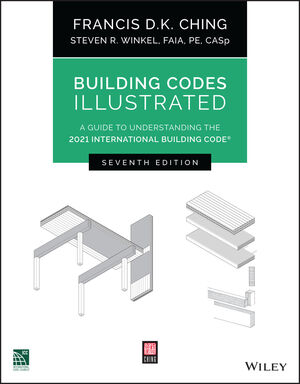
Tough times can alter an industry. Is it possible that this recession may again alter our industry? Anyone familiar with the walls and ceilings industry may remember how the last deep recession in the late 1970s resulted in the craft unions losing the major share of their market. In 1975, the trade unions made up to 80 percent of all construction; today, the union share is about 13 percent. This fact is not lost on some union leaders and many recognize having highly paid workers sitting home does no one any good.
The union contractor finds it difficult to be competitive against the non-union contractor in a downward market. The non-union contractor has the advantage to adjust his prices to fit the needs of the marketplace and has the competitive edge. The disadvantage for the non-union contractor is the time it takes him to recruit, negotiate with and train every single worker. Another disadvantage to non-union is the general contractors are well aware of this bottomless market and will often exploit the subcontractor and the workers.
Most non-union contractors would like to have a trained labor pool and only one negotiation (not every employee); they just do not want to be handcuffed to high wages, unproductive workers and outdated rules. Many wall and ceiling contractors care about their men. They want to pay decent wages and provide benefits. They just have a hard time competing against contractors who are willing to cheat.
Some non-union contractors feel forced to pay lower wages to remain competitive and the bottom line just keeps dropping until paying cash becomes part of a standard payroll. At this point, the honest contractor is priced out and the cheating contractor has the work but is running the risk of going to prison. Unfortunately, that happens too infrequently and typically only when a labor union provides all the groundwork for the Attorney General to prosecute.
No one wins-even the contractor who thinks he has, does not. He is vulnerable and construction defects will be the end of him if tax evasion, labor laws, immigration or bankruptcy doesn’t. The government may be the biggest loser-payroll taxes lost on construction wages are staggering.
A BETTER WAY
The primary flaw with the union theory is that all men are created equal and while this is true for civil rights, it is not even close in the construction labor market. Some unions are embracing a new way. We call it the “Incentive Union.”
The Incentive Union is a labor agreement based on the merit of the craft worker or a crew. If you are thinking this is what the non-union contractor already enjoys, you are only half right. In the open shop market, they call it “piece work.” You only get paid for what you do-no more, no less. Unfortunately, your unit price will be lowered by the competition and you are chasing the prices down the ladder to the bottom.
In the Incentive Union, the world is quite different. The base rate of pay is union scale. No contractor can pay less than scale for any reason, but there is an incentive to perform, and that’s to be more productive.
The contractor and the union set a pre-agreed benchmark or base rate for the project and agree to share in the profits, if production levels are above the benchmark. Benefits, like pension, health insurance and vacation are not taken from the incentive pay; the incentive pay is a straight bonus for the men who did the work. This is not a traditional project manager’s bonus, where only supervisors make extra money.
IT WILL NEVER WORK
It has already been done with a few union contractors, and with some amazing results. We all know production levels are poor and setting a reachable target gives the men an incentive to perform. It also gives an incentive for the crews to get rid of the SLUGs. What’s a SLUG? Slow labor union guy.
One Southern California union wall and ceiling contractor has used the experimental program on three projects. Two projects produced incentive pay profits to be shared. The men were quite pleased and excited to get another chance at an incentive pay job site. One project did not hit the incentive marks and no incentive pay was distributed to the men. The men were disappointed, but understood the job did not go as planned. They are more determined to work as a team next time.
Could this be what makes the union competitive against non-union? Imagine all those non-union piece working superstars on non union jobs coming to an incentive pay project? Imagine residential work going back to being union? Both the subcontractor and his labor make more money. The tradesman goes home with health insurance, a pension and vacation pay. Dealers and manufacturers would have contractors who could pay their bills. However, with so much cash being currently paid, the biggest winner may be the government with a substantial increase in collection of payroll taxes. W&C





